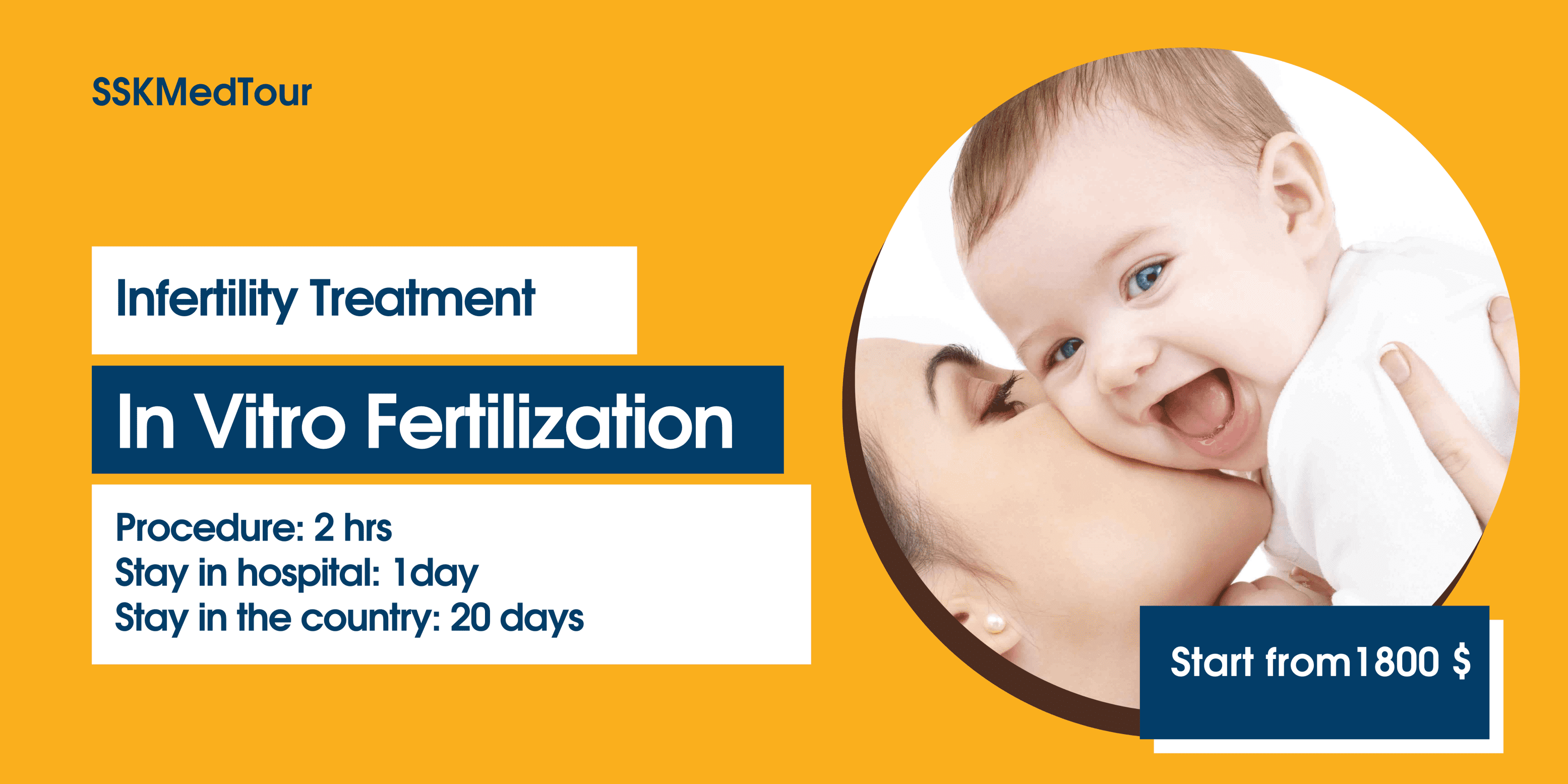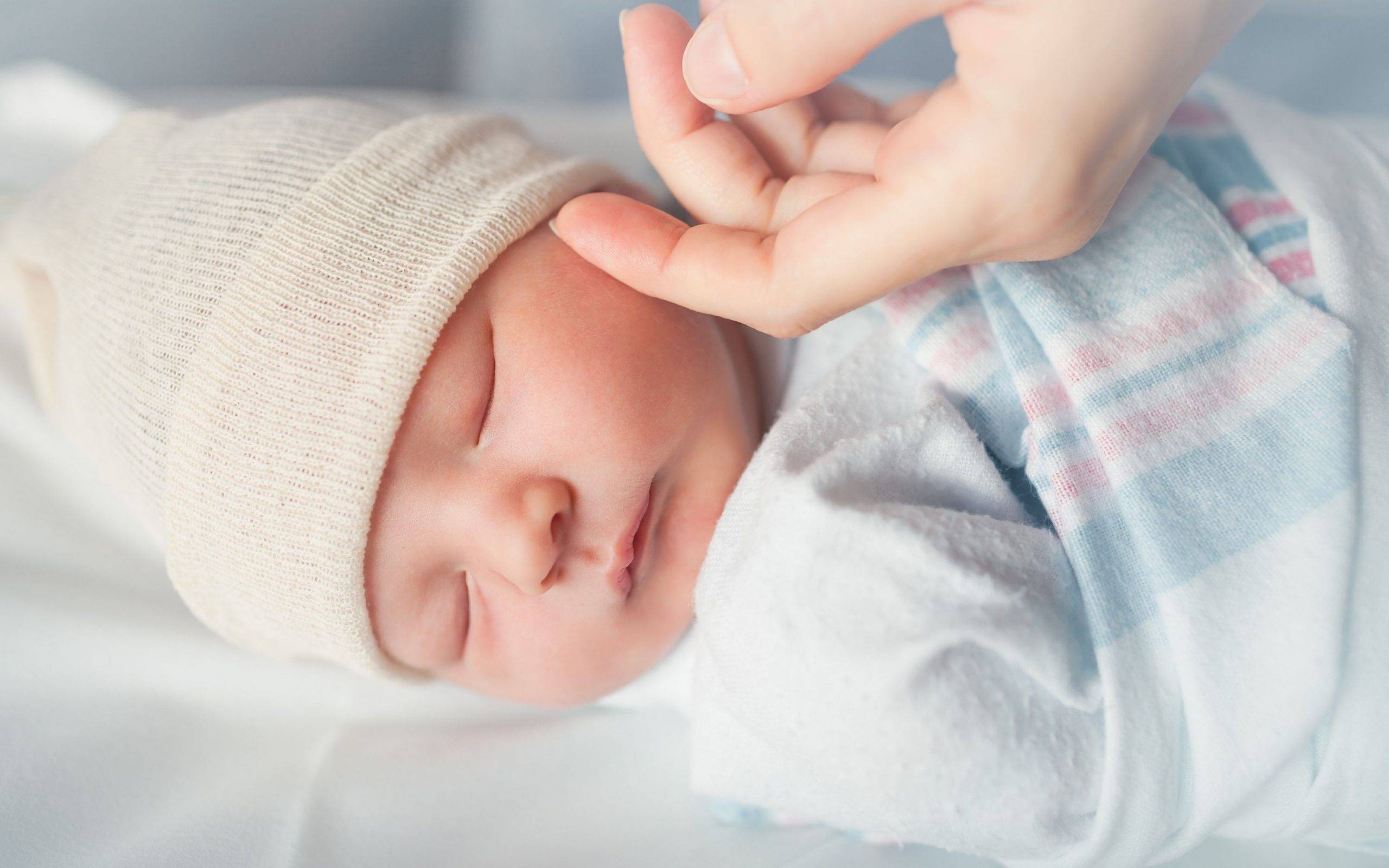

IVF in Iran
overview
IVF is a complex series of procedures used to help with fertility or prevent genetic problems and assist with the conception of a child.
In-Vitro Fertilization or IVF describes a complex procedure of combining mature egg (ova) and male sperm outside the uterus in a laboratory, forming embryo, and then transferring it inside the uterus in order to establish a successful pregnancy. Using donor eggs, sperms, or embryo is sometimes involved when the couple couldn’t provide healthy ones on their own.
IVF can be performed either with your egg and your partner’s sperm or with the donor eggs and donor sperms.
Who is a Suitable Candidate for IVF?
You are potentially a good candidate for IVF if you have:
• Experienced difficulty becoming pregnant through sexual intercourse, especially combined with fertility medications
• Endometriosis
• Blocked or missing fallopian tubes or other tubal problems
• Polycystic ovarian syndrome (PCOS)
• A male partner who has been diagnosed with male factor infertility
• Pelvic inflammatory disease
• Abnormal ovulation cycles
• An inability to produce healthy eggs coupled with a willingness to use donor eggs as part of the IVF process
PREPARATION BEFORE PROCEDURE
Initially, the doctor will review the medical, medication, and family history of you and your partner. You also need to tell the doctor about the medical procedures you have tried for pregnancy. Before beginning the procedure, certain tests are recommended for individuals whose eggs and sperms are used in the procedure. These tests include:
• Ovarian reserve testing: It is done in woman to determine the level of the hormone responsible for the functioning of ovaries, and also to assess the size and quality of the eggs.
• Screening for infectious diseases: You and your partner will be tested for determining infectious diseases, such as HIV.
• Uterine exam: This test will be done to determine the health of the uterus.
• Mock embryo transfer: This test might be done to determine the depth of the uterine cavity.
• Sperm analysis: This test would be done in the man shortly before initiating IVF. It is done to determine the number, size, and shape of the sperms. If sperms are weak or damaged, then a procedure known as intracytoplasmic sperm injection (a technique, in which the sperms are injected directly into the egg) is done as a part of IVF.
Once you are eligible for IVF, the doctor will tell you about the number of steps involved in the procedure. You can ask the doctor about the number of embryos that will be implanted. IVF may require more than one cycle to get pregnant, so prepare yourself accordingly.
ABOUT PROCEDURE (IVF treatment step by step)
In vitro fertilization is a multi-step procedure. It includes the following steps:
1. Visit by patients for medical examination: the partner must visit the clinic for a thorough medical history, examination, and blood tests.
2. monitoring stimulation: patients must take the medications prescribed. the patient will visit on day 2/3 of the menstrual cycle. The ovaries are stimulated with medication.
3. egg collection: after 8-12 days of taking the medication, an injection is given to assist with the final maturation of the egg. Patient must visit the clinic for the egg retrieval process. It is performed under ultrasound guidance under sedation.
4. sperm collection: on the same day, the male partner provides a fresh semen sample.
5. fertilization: the embryologist uses different techniques to fertilize the retrieved eggs. Once the eggs have fertilized, they are then cultured in the laboratory for 3-5 days.
6. embryo transfer: once the embryos are formed after fertilization, based on the quantity and quality of cultured embryos, the embryologist selects the best embryos and the day of transfer.
7. after transfer
After embryo transfer, specialists may prescribe medicines that enhance the chance of embryo implantation. after a stipulated period of time pregnancy test are conducted to confirm pregnancy
POST-PROCEDURE CARE
After the embryo transfer, the woman needs to rest for the remaining day. Complete bed rest is not required unless advised by your doctor. In most cases, the woman can get back to normal activity from the next day. Prescribed medicines must be taken, as suggested by the doctor. A few days after the embryo transfer, the doctor will recommend, a pregnancy test.
RECOVERY TIPS
The doctor may give you the following instructions while undergoing an IVF cycle:
• Include fresh fruits and vegetables in the diet
• Switch to low-fat dairy products
• Have healthy fats
• Do not eat processed foods
• Reduce the intake of salt and sugars
• Avoid running or other strenuous activities
FAQ
Does the doctor transfer the embryo immediately after egg retrieval?
No, after egg retrieval, insemination and fertilization are done. Once the eggs are fertilized, they are kept under observation in the clinic until the embryo reaches the advanced stage. So, the embryo transfer will take at least two to five days after egg retrieval.
What are the risks of IVF?
Some possible side effects include:
🔸️soreness or bruising from injection
🔸️nausea
🔸️breast tenderness
🔸️ bloating
🔸️hot flashes
🔸️mood swings
🔸️fatigue
🔸️allergic reactions
🔸️ovarian hypersertimulation syndrome (OHSS)
🔸️mild pelvic and abdominal pain
🔸️pelvic infection
🔸️multiple births
🔸️emotional stress
Does IVF increase the chance of twins?
The chance of having twins or triplets completely depends on the number of embryos implanted. If a single embryo is implanted, then having twins is impossible. If two or three embryos are implanted, then there is a chance of twins or triplets.
Can I fly after IVF embryo transfer?
Some patients on a tight time scale do travel home the evening after their transfer, however, we advise waiting until at least the following day before flying home. Flying or any other mode of transportation has not been shown to have any adverse effects on embryo transfer.
Can embryo transfer be done under anesthesia?
Yes, we do have the provision to be done under anesthesia.







No comment